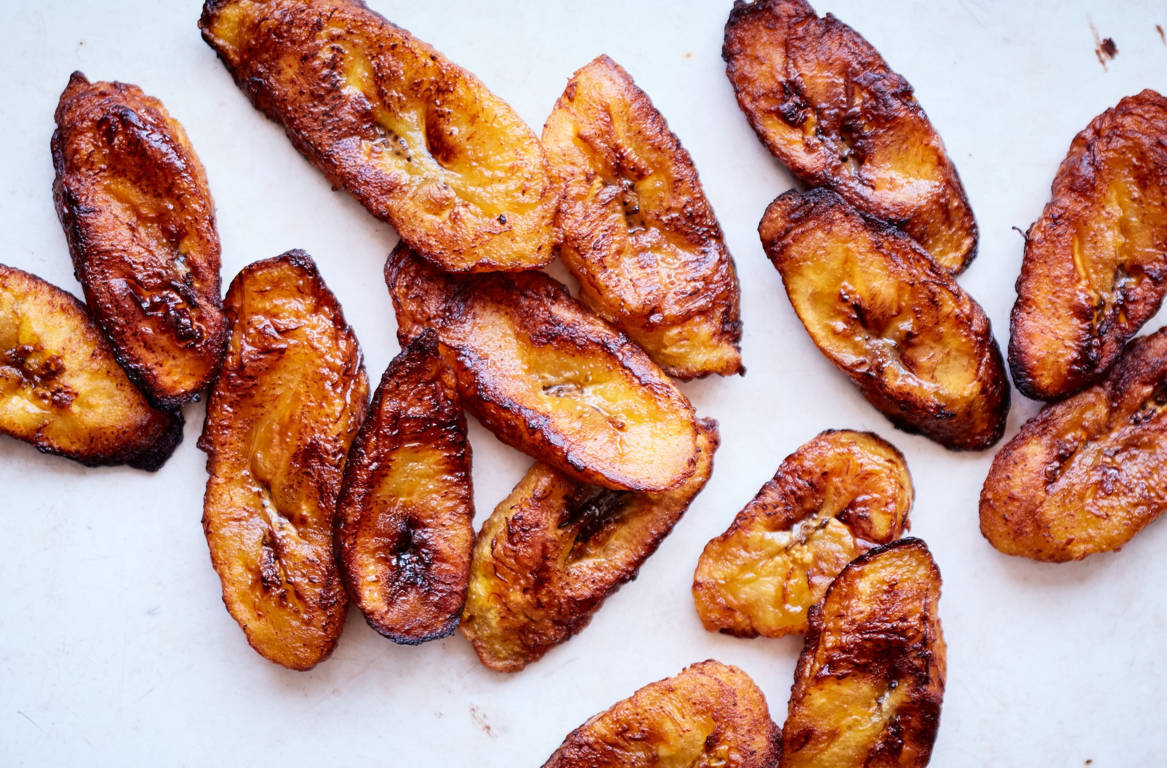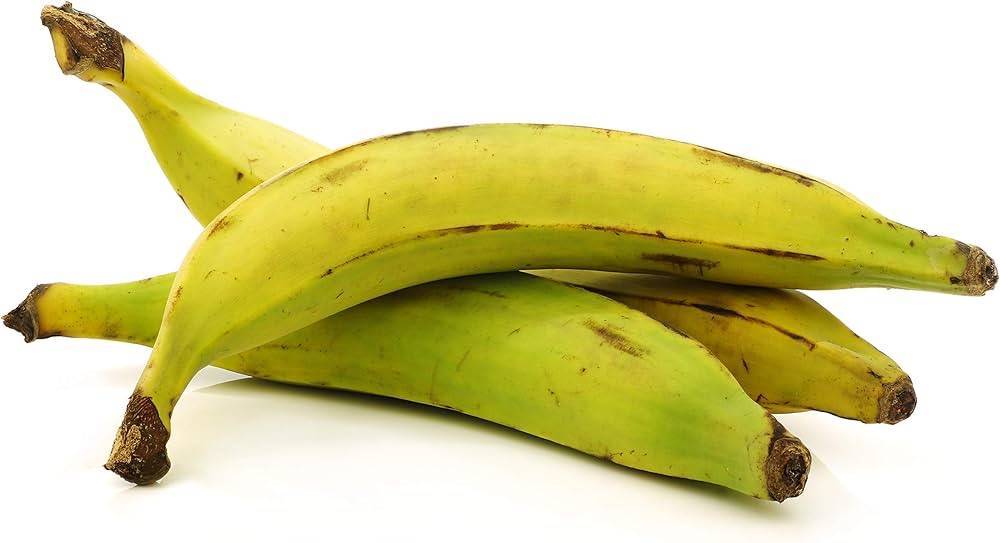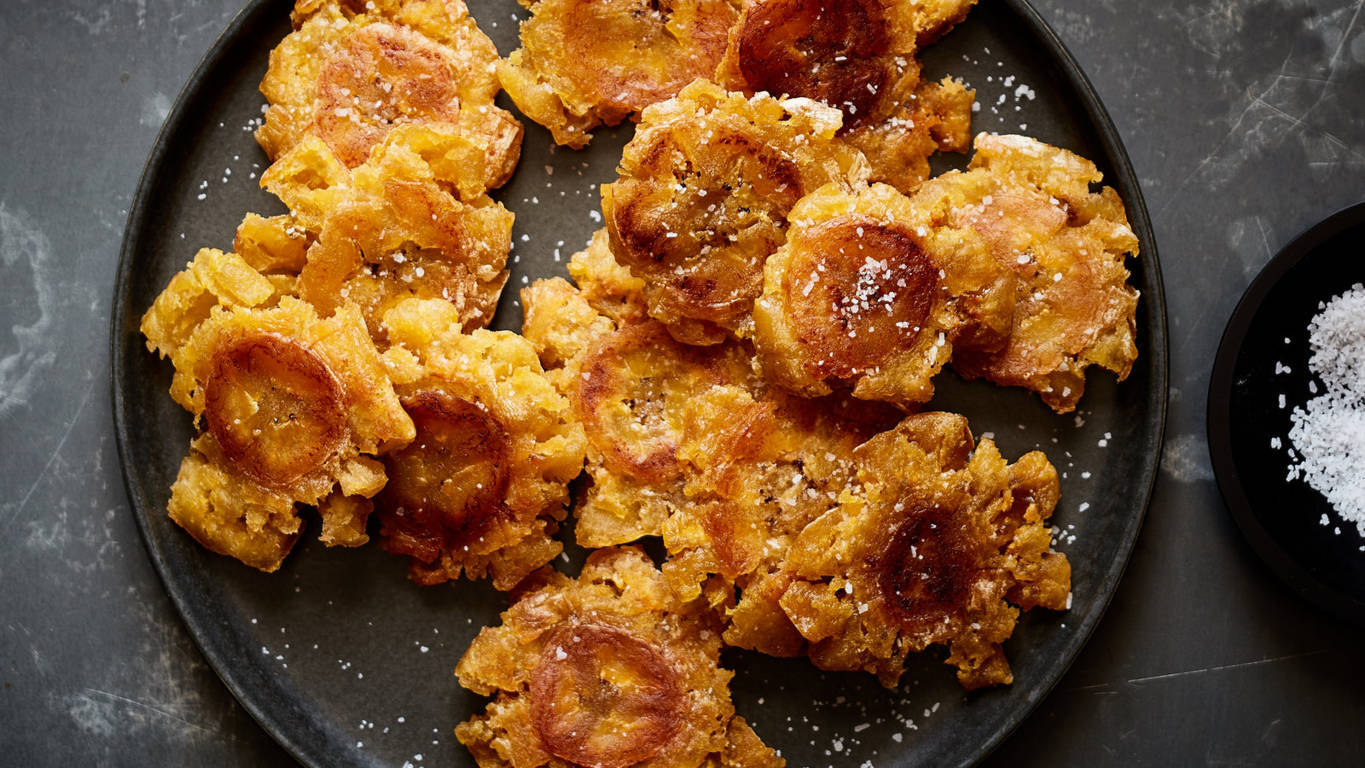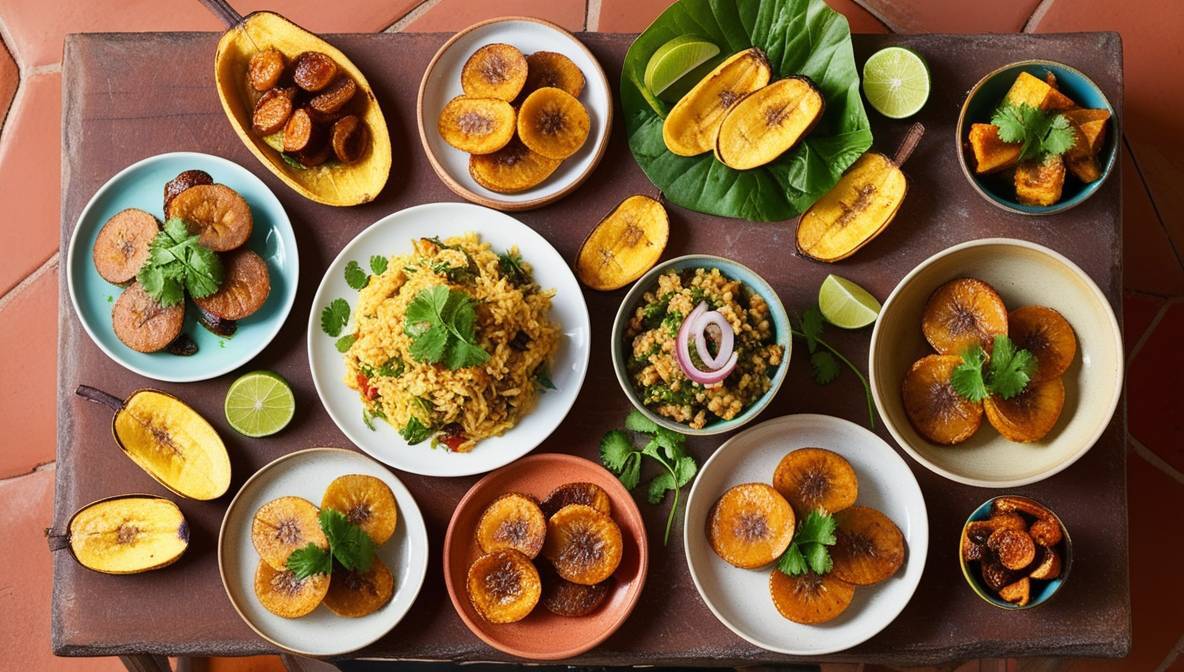
Cuban Plantains Recipe: A Guide to Making Perfect Maduros and Tostones
When it comes to Cuban cuisine, plantains are a versatile and beloved staple that plays a significant role in many traditional dishes. Whether you're preparing sweet Maduros or crispy Tostones, mastering the art of cooking Cuban plantains is essential for bringing authentic flavors into your kitchen. At renowned Cuban establishments like Puerto Sagua Restaurant, these classic plantain dishes are celebrated as a key component of the menu. In this guide, I will walk you through everything you need to know to prepare perfect Maduros and Tostones, just like they do at Puerto Sagua.
Understanding the Importance of Plantains in Cuban Cuisine

Plantains are more than just a side dish in Cuba—they are a cultural icon and a key element in many traditional Cuban meals. These starchy, banana-like fruits are incredibly versatile and can be prepared in a variety of ways, offering a range of flavors from sweet to savory. In Cuba, plantains are commonly transformed into Maduros or Tostones, both of which hold a special place at the Cuban table.
Cuba's history and its tropical climate have made plantains a natural and abundant ingredient, often served alongside meat, rice, and beans. Whether fried, boiled, or baked, plantains are a symbol of Cuban culinary tradition. The dishes made from plantains, such as Maduros (ripe, sweet plantains) and Tostones (twice-fried green plantains), are enjoyed not only in Cuba but across the Caribbean and Latin America.
How to Choose the Right Plantains for Your Recipe
Choosing the right plantains is crucial to achieving the desired flavor and texture in your dishes. Ripe plantains are sweet, while green plantains are more starchy and savory. Understanding these differences will help you decide which type of plantain to use based on the dish you are preparing.
Understanding Ripeness
The ripeness of a plantain greatly influences the final dish. Ripe plantains, which are yellow or black, are perfect for making Maduros because of their natural sweetness. These plantains have a softer texture that caramelizes beautifully when fried. On the other hand, green plantains are best for Tostones, as their firmness allows them to hold up during the twice-frying process, resulting in a crispy and savory snack.
Selecting Plantains
When shopping for plantains, look for those that are firm and free of blemishes. If you're planning to make Maduros, choose plantains that are fully ripe, with black spots or even entirely black skins—this indicates that the fruit is at its sweetest. For Tostones, opt for green plantains that are firm to the touch and have no yellowing, as this indicates they are still in their starchy phase.
Storage Tips
To store plantains, keep them at room temperature until they reach the desired ripeness. Ripe plantains can be refrigerated to slow down the ripening process, while green plantains should be left out to ripen naturally if needed. If you have extra ripe plantains, you can peel and freeze them for later use in recipes like Maduros.
Read More: Top 5 Must-Try Foods at Puerto Sagua: A Journey Through Cuban Flavors
Step-by-Step Guide to Making

Maduros are a beloved Cuban side dish, known for their sweet, caramelized flavor and soft, almost melt-in-your-mouth texture. Making them at home is simple and requires just a few ingredients. Follow these steps to create the perfect Maduros that will bring the taste of Cuba right to your table.
What Are Maduros?
Maduros are sweet, fried plantains made from fully ripe plantains. Their name, which means "ripe" in Spanish, reflects the maturity of the fruit used. When fried, the natural sugars in the plantains caramelize, creating a rich, sweet flavor that pairs beautifully with savory Cuban dishes like Ropa Vieja or Picadillo.
Ingredients Needed
To make Maduros, you will need the following:
- 2-3 ripe plantains (yellow with black spots or fully black)
- 1/4 cup of vegetable oil for frying
- A pinch of salt (optional)
Preparation Process
- Peel the plantains: Cut off the ends of the plantains and slice the peel lengthwise. Carefully remove the peel.
- Slice the plantains: Cut the plantains diagonally into ½-inch thick slices. The diagonal cut increases the surface area, allowing for more caramelization.
- Heat the oil: In a large skillet, heat the vegetable oil over medium heat. The oil should be hot but not smoking.
- Fry the plantains: Add the plantain slices to the skillet in a single layer. Fry for 2-3 minutes on each side, or until golden brown and caramelized.
- Drain and season: Remove the plantains from the skillet and place them on a paper towel-lined plate to drain excess oil. Sprinkle with a pinch of salt if desired.
Serving Suggestions
Maduros are best served hot, straight from the skillet. They make a great accompaniment to traditional Cuban dishes such as Puerto Sagua’s famous Ropa Vieja or a simple side for black beans and rice. The sweet flavor of the Maduros provides a delightful contrast to savory main courses, making them a versatile addition to any meal.
How to Cook Authentic Cuban Tostones

Tostones are the savory counterpart to Maduros. These crispy, twice-fried plantains are a staple in Cuban cuisine and are loved for their crunchy exterior and starchy, slightly salty interior. Here's how you can make authentic Cuban Tostones at home.
What Are Tostones?
Tostones are slices of green plantains that are fried, flattened, and then fried again to achieve a crispy texture. They are often served with a side of garlic mojo or sour orange sauce, adding an extra layer of flavor to this already delicious snack.
Ingredients Needed
For Tostones, you'll need:
- 2-3 green plantains
- ¼ cup of vegetable oil for frying
- Salt, to taste
- Optional: garlic mojo or sour orange sauce for dipping
Twice-Frying Technique
- Peel the plantains: Similar to Maduros, cut off the ends and slice the peel lengthwise to remove it.
- Slice the plantains: Cut the plantains into 1-inch thick rounds. Keep them thick to maintain structure during frying.
- First fry: Heat the oil in a large skillet over medium-high heat. Fry the plantain slices for about 2 minutes on each side, until they are lightly golden.
- Flatten the plantains: Remove the plantains from the skillet and use the back of a wooden spoon or a tostonera (plantain press) to flatten each slice to about ¼ inch thickness.
- Second fry: Return the flattened plantains to the skillet and fry for an additional 2-3 minutes per side, until they are golden and crispy.
- Drain and season: Remove the Tostones from the skillet and place them on a paper towel-lined plate. Sprinkle with salt while they are still hot.
Serving Tips
Serve Tostones hot, with a side of garlic mojo or sour orange sauce for dipping. They make an excellent appetizer, snack, or side dish for a variety of Cuban meals, including Puerto Sagua’s famous dishes.
Exploring Variations of Cuban Plantain Dishes

While Maduros and Tostones are the most popular Cuban plantain dishes, there are several other ways to prepare plantains that are equally delicious. Whether you prefer sweet or savory, these variations offer something for everyone.
Sweet vs. Savory Plantains
The versatility of plantains means they can be enjoyed in both sweet and savory forms. Maduros are the go-to sweet option, but you can also explore dishes like plantain pudding or plantain empanadas for a dessert twist. On the savory side, Tostones are just the beginning. Try making plantain chips or plantain mash as creative alternatives.
Other Plantain Dishes
In addition to Maduros and Tostones, plantains can be used in a variety of dishes. Plantain Chips (Chicharritas) are thinly sliced and fried to perfection, making for a crispy snack. Plantain Fritters (Frituras de Plátano) are another favorite, combining mashed plantains with spices and frying them into golden patties.
Modern Twists on Traditional Recipes
For those looking to put a modern spin on traditional Cuban recipes, consider baking or air frying Maduros and Tostones for a healthier option. You can also experiment with plantain-based desserts, such as plantain cake or plantain ice cream, which incorporate the sweet flavors of ripe plantains in innovative ways.
Troubleshooting Common Issues in Cooking Plantains
Cooking plantains can sometimes be tricky, especially if you're aiming for the perfect texture and flavor. Here are some common issues you might encounter and how to avoid them.
Avoiding Soggy Maduros
Maduros can become soggy if they are cooked at too low a temperature or if they are not drained properly. To prevent this, ensure the oil is hot enough before adding the plantains and drain them on paper towels immediately after frying.
Achieving Perfect Crispiness in Tostones
The key to crispy Tostones is the twice-frying method. Make sure to flatten the plantains thoroughly between the two frying sessions and fry them at a high temperature during the second fry. If your Tostones are not crispy enough, the oil may not have been hot enough, or the plantains may not have been flattened evenly.
Managing Oil Temperature
Maintaining the correct oil temperature is crucial when frying plantains. If the oil is too hot, the plantains will burn on the outside while remaining undercooked inside. If the oil is too cool, the plantains will absorb too much oil and become greasy. Use a thermometer to keep the oil between 350°F and 375°F for optimal results.
Read More: Discover the Best "Cuban Food Catering Near Me" for Authentic Cuisine
Cuban Plantains Recipe: Frequently Asked Questions
In this section, I'll answer some of the most common questions about cooking Cuban plantains.
Can You Bake Plantains Instead of Frying?
Yes, you can bake plantains as a healthier alternative to frying. To bake, preheat your oven to 375°F, slice the plantains as you would for frying, and place them on a baking sheet lined with parchment paper. Brush them lightly with oil and bake for about 20 minutes, flipping halfway through.
What to Do with Leftover Plantains?
Leftover plantains can be stored in the refrigerator for up to 3 days. To reheat, you can either fry them again briefly to crisp them up or bake them in the oven. Alternatively, you can repurpose them into new dishes, such as adding Maduros to a savory plantain casserole or using Tostones as a base for plantain nachos.
How to Pair Plantains with Other Cuban Dishes?
Plantains are incredibly versatile and pair well with a wide range of Cuban dishes. Maduros complement the rich flavors of dishes like Ropa Vieja or Picadillo, while Tostones add a satisfying crunch to meals featuring black beans and rice. You can also serve plantains as part of a Cuban breakfast, alongside eggs and Cuban bread.
Conclusion
Mastering the art of cooking Cuban plantains, whether you're making sweet Maduros or crispy Tostones, is a delicious way to bring a taste of Cuba into your home. By understanding the importance of plantains in Cuban cuisine, selecting the right type of plantain for your dish, and perfecting your cooking techniques, you can create authentic and flavorful meals that celebrate this versatile ingredient. Whether served as a side dish or enjoyed as a snack, Cuban plantains are sure to add a burst of flavor and a touch of Cuban culture to your culinary repertoire.



